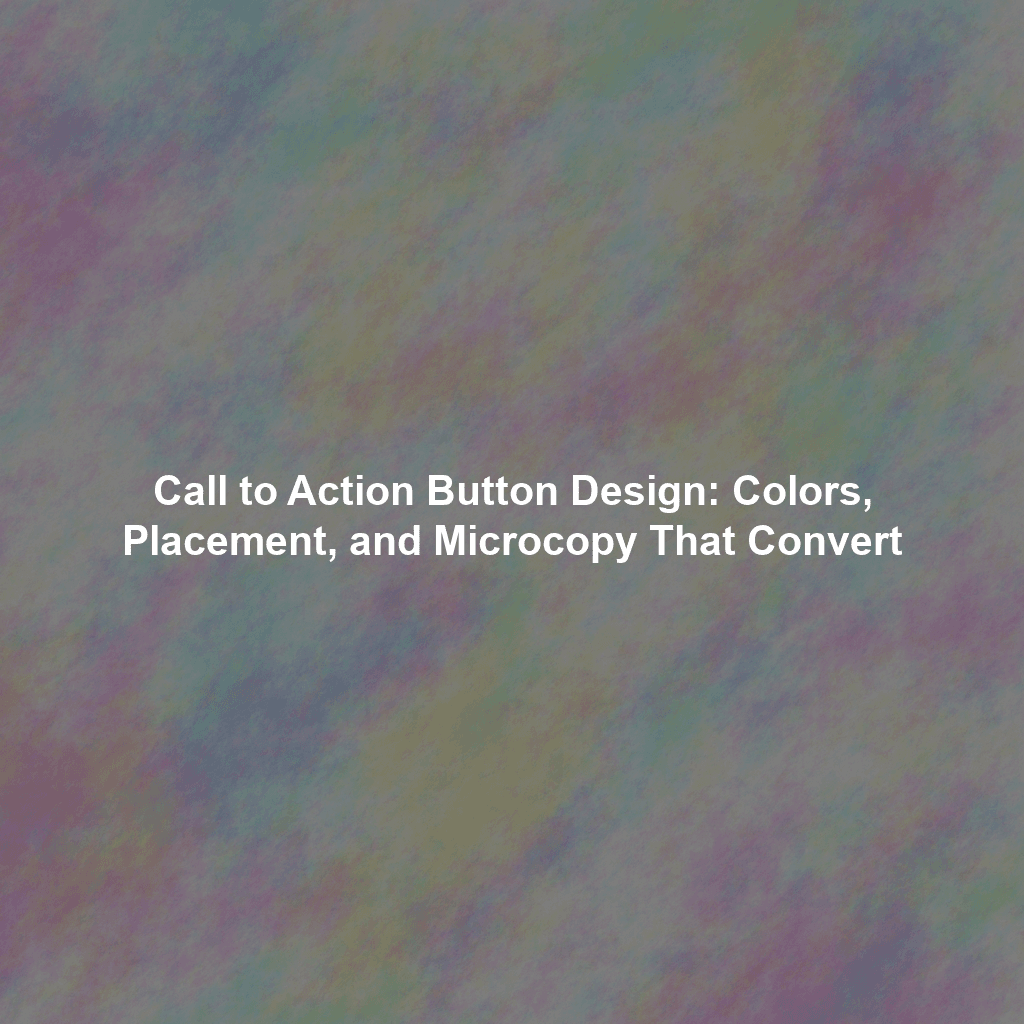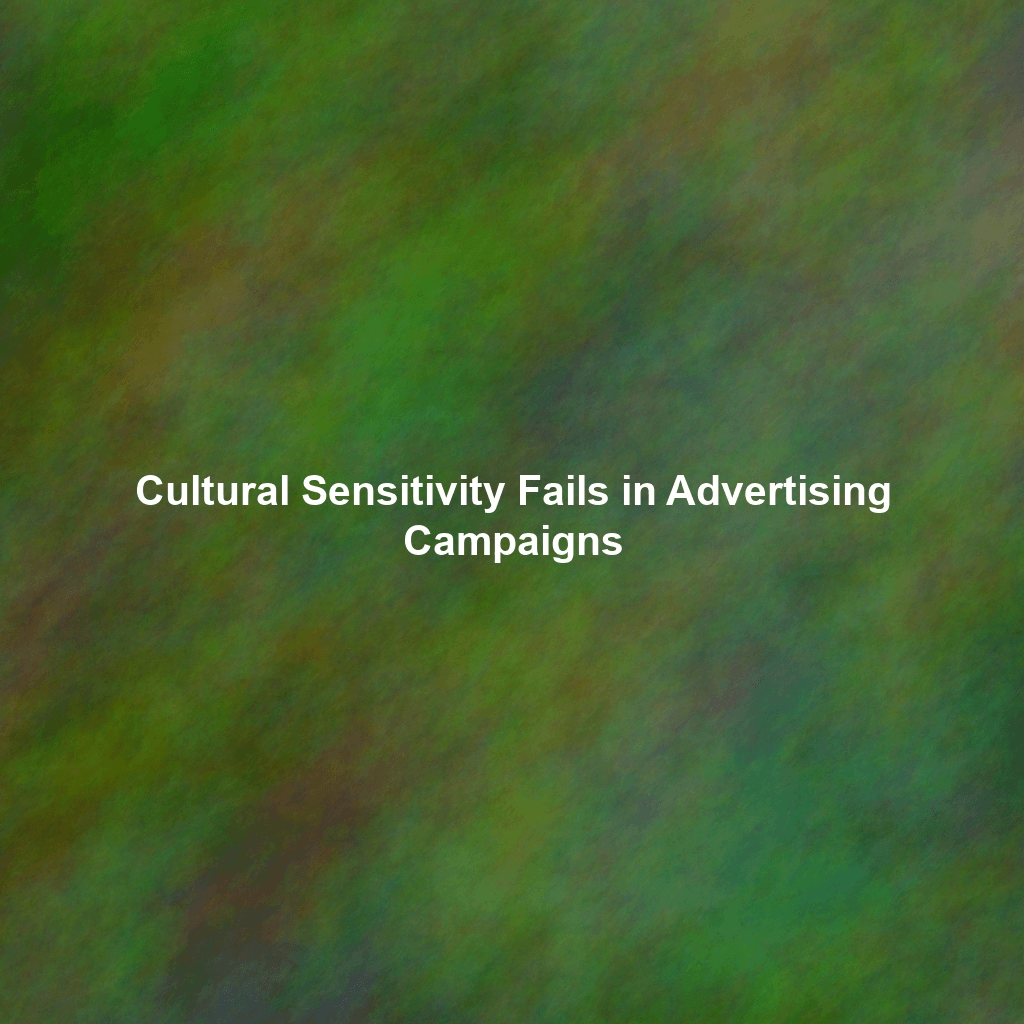In the dynamic world of digital marketing, a compelling call to action (CTA) is the bridge that connects your content with your desired outcome – whether it’s a purchase, a sign-up, or a download. But simply having a CTA isn’t enough. To truly drive conversions, you need to optimize the very design of your CTA button. This article delves into the critical elements of CTA button design, focusing on colors, placement, and microcopy, and explores how these factors influence user behavior and ultimately, your conversion rates.
The Psychology of Color in CTA Buttons
Color isn’t just about aesthetics; it’s a powerful psychological tool. Different colors evoke different emotions and associations, influencing how users perceive your message and your brand. Understanding color psychology is crucial for choosing the right hue for your CTA buttons.
Common Colors and Their Associations
- Red: Often associated with urgency, excitement, and energy. Use it to create a sense of immediacy, but avoid overuse as it can also signal danger or warning.
- Green: Typically linked to positivity, growth, and trust. Green is a great choice for buttons related to subscriptions or confirmations.
- Blue: Conveys trustworthiness, stability, and calmness. Popular for corporate websites and services aiming to build credibility.
- Orange: Friendly, energetic, and enthusiastic. Orange can be an effective way to draw attention to your CTA without being as aggressive as red.
- Yellow: Optimistic, cheerful, and attention-grabbing. Use yellow sparingly as it can also be perceived as cheap or overwhelming.
- Black: Sophisticated, powerful, and luxurious. Black can work well for high-end brands, but ensure it contrasts well with the surrounding design.
Pro Tip: A/B test different color variations to determine what resonates best with your target audience. Consider your brand colors and ensure your CTA button color contrasts effectively with the background to stand out.
Strategic Placement: Where to Put Your CTA for Maximum Impact
The placement of your CTA button is just as important as its color. Users should easily find and understand the button’s purpose without feeling overwhelmed or misled. Consider the user journey and place your CTA strategically within that flow.
Best Practices for CTA Placement
- Above the Fold: Placing your CTA above the fold (visible without scrolling) ensures that users see it immediately upon landing on your page. This is particularly effective for straightforward offers or calls to action.
- Within Content: Integrate CTAs naturally within your content, especially after providing valuable information or showcasing the benefits of your product or service.
- End of Content: After leading the user through your content, a CTA at the end provides a clear next step. This works well for blog posts or articles aiming to drive readers towards a specific action.
- Sticky CTAs: Consider using sticky CTAs that remain visible as users scroll down the page. This ensures the CTA is always accessible, especially on longer pages.
Optimizing for Different Devices
Remember to optimize CTA placement for different devices. On mobile devices, ensure your CTA button is easily tappable with a thumb and doesn’t require zooming in. Use responsive design principles to adapt your CTA placement and size for optimal viewing on desktops, tablets, and smartphones.
The Power of Microcopy: Words That Convert
Microcopy refers to the small snippets of text that accompany your CTA button. This text is crucial for clarifying the button’s purpose and motivating users to click. Compelling microcopy can significantly boost your conversion rates.
Crafting Effective Microcopy
- Use Action Verbs: Start your microcopy with strong action verbs like “Get Started,” “Download Now,” “Sign Up,” or “Learn More.”
- Be Clear and Concise: Avoid ambiguity and use clear language that leaves no doubt about what will happen when the user clicks the button.
- Highlight Benefits: Focus on the benefits the user will receive by taking the desired action. For example, instead of “Submit,” try “Get Your Free Ebook.”
- Create Urgency: Use words that create a sense of urgency, such as “Limited Time Offer” or “Get Yours Today.”
- Personalize the Message: When possible, personalize the microcopy to resonate with the user’s specific needs or interests.
Examples of High-Converting CTA Microcopy
- “Start Your Free Trial Now”
- “Claim Your Discount”
- “Download the Guide”
- “Join Our Community”
- “Get Instant Access”
Analyzing and Optimizing Your CTA Buttons
The journey to creating high-converting CTA buttons doesn’t end with design. Continuous analysis and optimization are essential for maximizing your results. Utilize A/B testing to experiment with different colors, placements, and microcopy variations. Track key metrics such as click-through rates (CTR) and conversion rates to identify what works best for your target audience. Tools like Google Analytics and heatmap software can provide valuable insights into user behavior and help you refine your CTA strategy.
Conclusion
Mastering call to action button design is a continuous process of learning, testing, and optimizing. By understanding the psychology of color, strategically placing your CTAs, and crafting compelling microcopy, you can create buttons that not only attract attention but also effectively guide users towards your desired action. Remember to analyze your results and adapt your strategy based on data-driven insights. With careful planning and execution, you can unlock the full potential of your CTA buttons and drive significant improvements in your conversion rates.
 Skip to content
Skip to content

